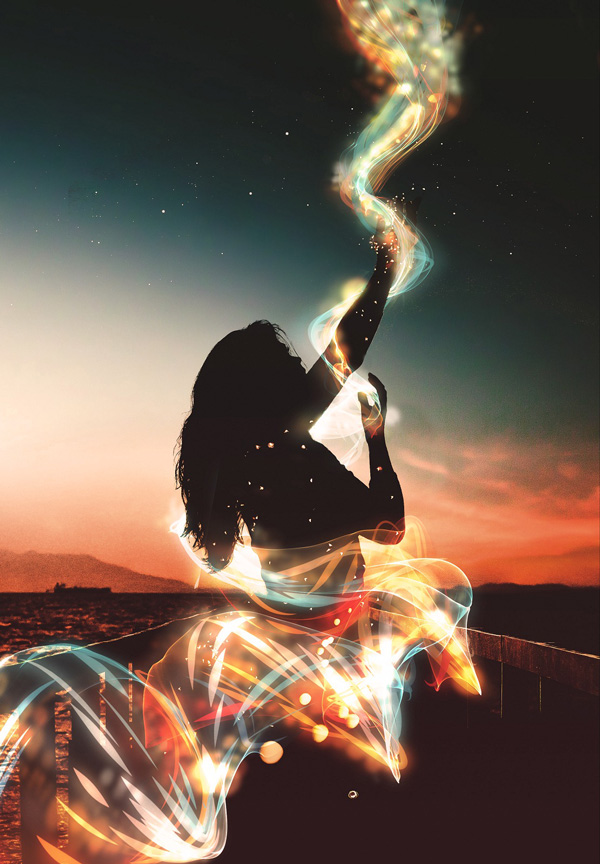

It was also called all-over painting and action painting, since he covered the entire canvas and used the force of his whole body to paint, often in a frenetic dancing style. He was widely noticed for his " drip technique" of pouring or splashing liquid household paint onto a horizontal surface, enabling him to view and paint his canvases from all angles.
#Flame painter 3 youtube software
This is a great piece of software to paint powerful effects onto existing images and a great addition for those who like experimenting while having fun.īarbara Din is a visual artist, graphic designer, painter, interior designer, crafter, musician and writer living in Argentina.Paul Jackson Pollock ( / ˈ p ɒ l ə k/ January 28, 1912 – August 11, 1956) was an American painter and a major figure in the abstract expressionist movement. If you want to find all the features and tools available in Flame Painter 3, go to the website and check it out. Seamless Image made using the Tile Layer feature I wish there was a way, though, even if it wasn't in real time, to see the layer tiling, so I can better judge my composition. Yay! Being a long time seamless backgrounds maker, I truly value this feature. I found a pleasant surprise: you can activate Filter-> Tile Layer, which will make the layer wrap around while you work so you can create seamless images. When it comes to colors, you can use plain swatches or gradients for the brushes, which is great because it gives you control when you need it and also fun fluidity when you want to make more fantasy layers.

You just move the points individually or by group. I must say, though, I'd like to be able to manipulate nodes like in bezier curves, which is something that's not available. Very useful to achieve specific results, like effects for an imported image.
#Flame painter 3 youtube pro
The Pro version also comes with the ability to make vector layers, which allows you to manipulate the stroke after the fact via different tools. Saving a preset is easy, and you make the icon yourself with your own strokes. I also liked the fact that you can go to their website and get many more brush presets that are available for download, and get this: you can click on any one you like, and you can drag and drop it directly into the open program! That's great! It's good they are not overwhelming and after a while I got excited about the possibilities. Speaking of brush engines, after fiddling a bit with the presets, I started playing with the different brush parameters.

Having said that, once you played for a while, you start to understand, intuitively. You're painting with a dynamic, procedural brush engine here, so it's only natural the experience will be different than we're used to. This is because of the very nature of Flame Painter - this is no ordinary painting program. You have to make a conscious effort to move around, make a stroke, stop and wait, and see what happens, to associate that with the move you made. But that doesn't necessarily mean you get used to the way the brushes behave just as quickly. Onto a little playing-with-everything session to get a feel for what can be done, you get the idea pretty fast, thanks to the preset brushes that come with the program.

What I miss is the welcome screen with the quick tutorial that Rebelle 2 comes with. All the panels you need to work are there, and you can float them or dock them as you like. As I felt when I first opened Escape Motions' Rebelle 2, I find myself in a nice, clean and sexy UI with Flame Painter 3.


 0 kommentar(er)
0 kommentar(er)
